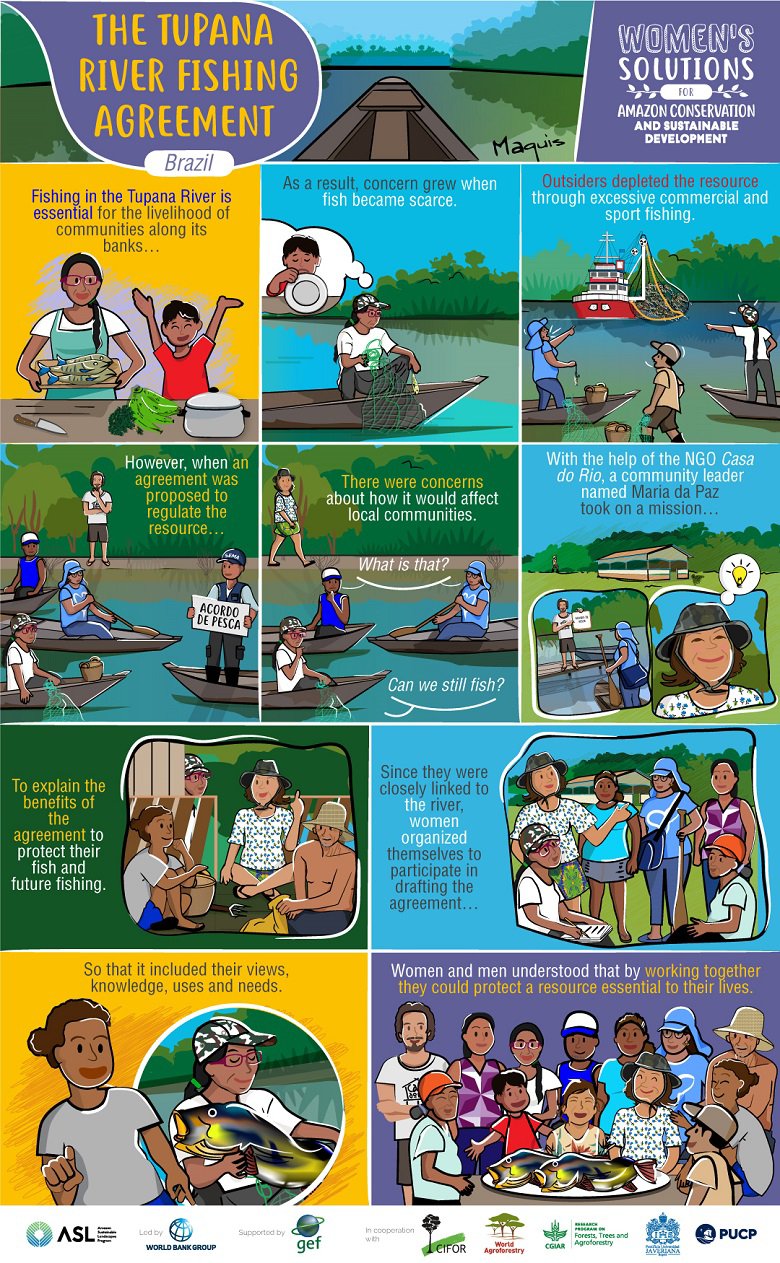High fashion from the heart of the Brazilian Amazon: Te?ume da Floresta and the empowerment of women
Te?ume da Floresta is an association of women and men artisans from the Brazilian state of Amazonas who, through "te?ume" (weaving with vegetable fibers), produce fashion objects (bags, purses and jewelry) and decorative items (lamps, vases and baskets). In addition to preserving traditional weaving techniques, the group generates income for the women and has managed to increase their participation in the management of natural resources.





